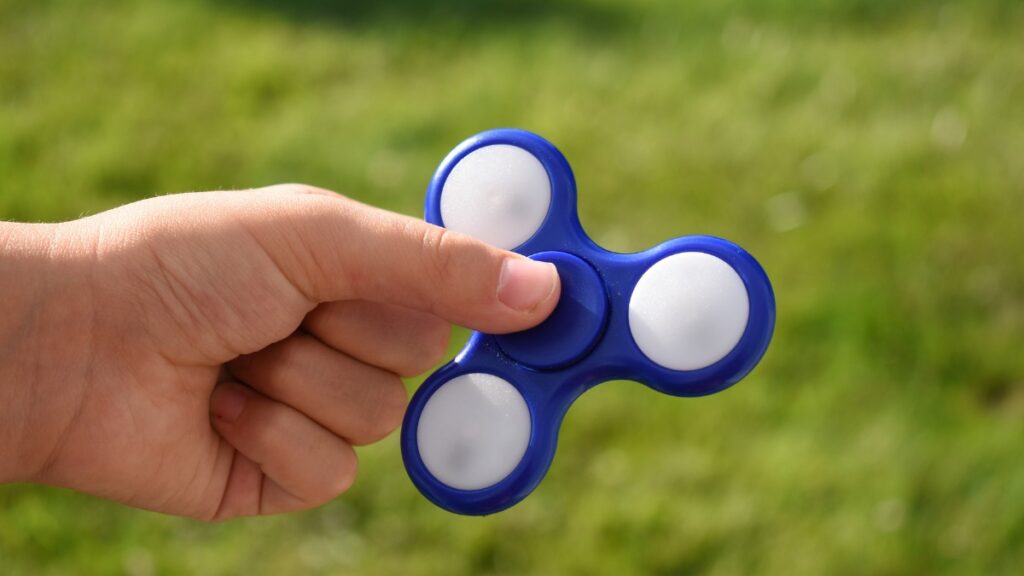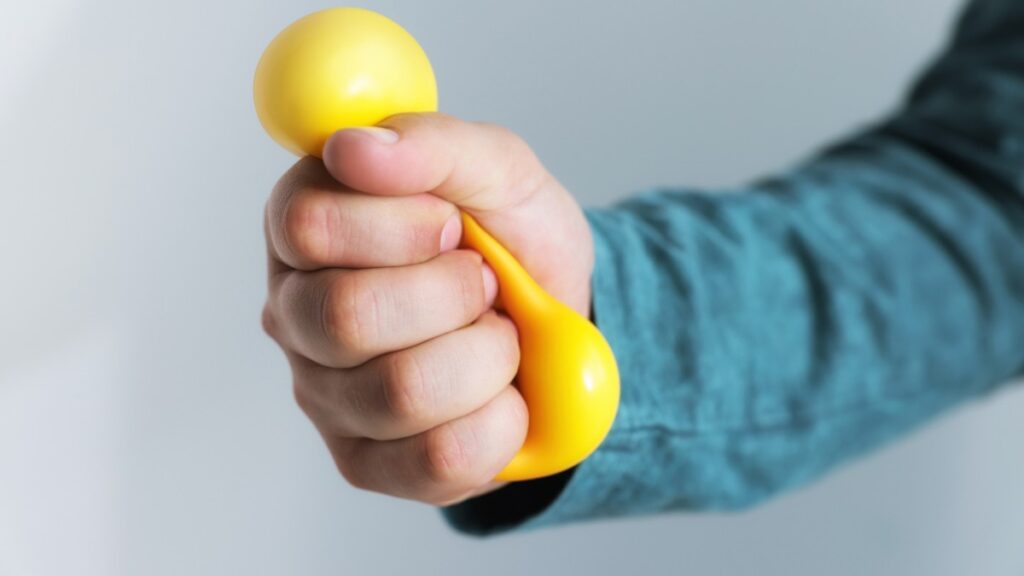Can You Have SPD Without Autism? What Parents Should Know
Key Points: Sensory Processing Disorder (SPD) can exist independently of autism, though the two conditions often overlap. SPD affects how the brain processes sensory information, leading to over- or under-sensitivity to stimuli like sound, touch, or movement. Early intervention and therapy can help manage SPD symptoms and improve daily functioning. Imagine feeling assaulted by everyday […]
Can You Have SPD Without Autism? What Parents Should Know Read More »










